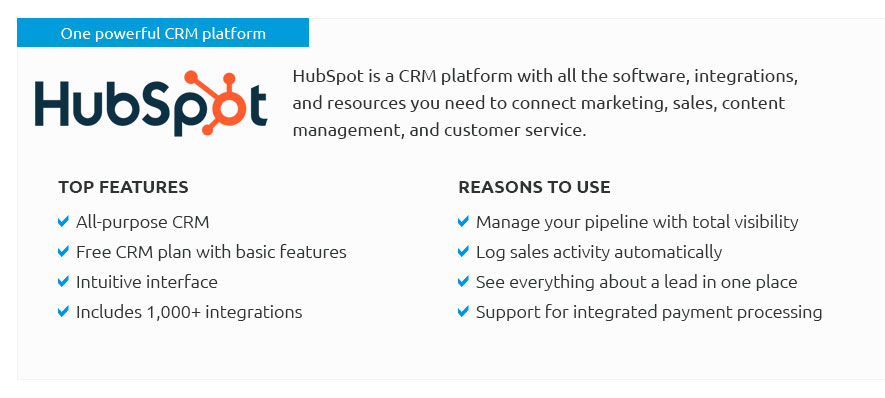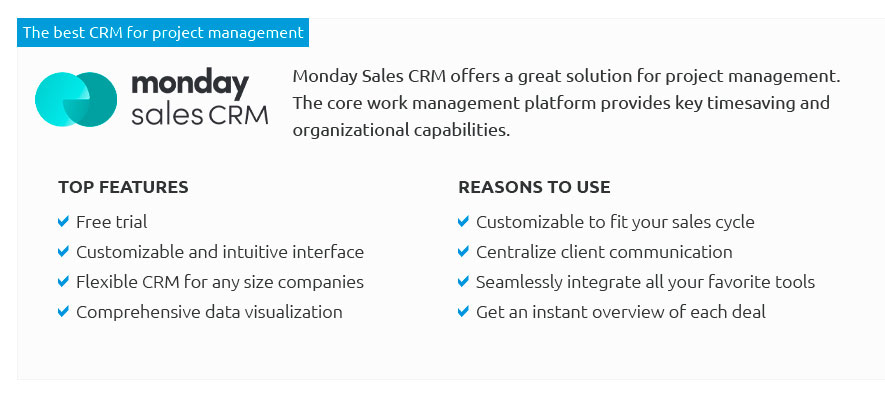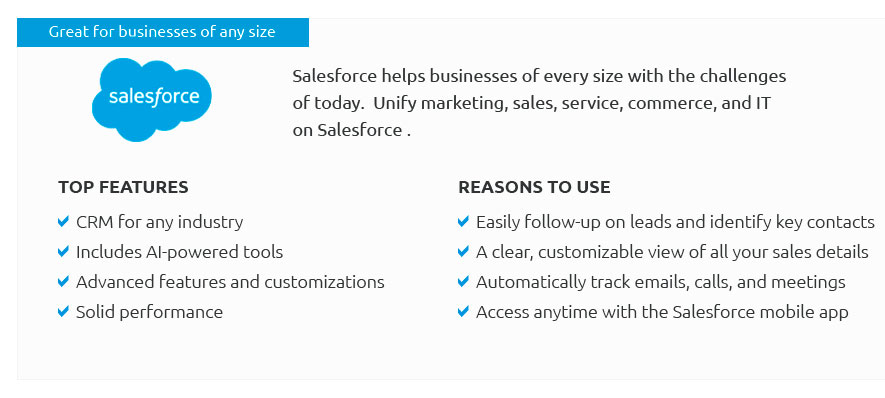 |
 |
 |
 |
 |
|
 |
|
 |
|
 |
|
 |
|
 |
|
 |
 |
Understanding CRM Asset Management: A Comprehensive Guide to Avoiding Common PitfallsIn the ever-evolving landscape of customer relationship management (CRM), asset management plays a pivotal role in enhancing organizational efficiency and customer satisfaction. Despite its critical importance, many businesses stumble into pitfalls that can be easily avoided with a nuanced understanding and strategic approach. This article aims to shed light on these common mistakes, offering insights that can help businesses navigate the complex terrain of CRM asset management with greater confidence. At the heart of CRM asset management is the integration of technological systems and human processes. One common mistake is the over-reliance on technology without a corresponding investment in human resources and training. It's essential to remember that while technology is a powerful enabler, it is the people who interpret data, make informed decisions, and build relationships. Thus, a balanced approach that combines cutting-edge technology with robust employee training programs is crucial. Another frequent misstep is the failure to customize CRM systems to align with specific business needs. Many organizations adopt a one-size-fits-all approach, overlooking the unique aspects of their operations that require tailored solutions. Customization should not be seen as a cumbersome task but as an opportunity to enhance system efficacy and user satisfaction. Businesses should engage in a thorough assessment of their needs and work closely with CRM providers to develop solutions that are both effective and adaptable. Moreover, the underestimation of data quality is a mistake that can undermine the entire CRM strategy. Inaccurate or outdated data can lead to misguided decisions and missed opportunities. Therefore, establishing a robust data management framework is indispensable. Regular audits, data cleansing processes, and ensuring compliance with data protection regulations are steps that should not be overlooked. The importance of maintaining high-quality data cannot be overstated, as it directly influences the quality of customer interactions and strategic planning. In addition, neglecting cross-departmental collaboration is a common oversight that can stifle the potential of CRM asset management. CRM should not be confined to the marketing or sales departments alone. When different departments such as customer service, product development, and finance collaborate and share insights, the organization benefits from a more holistic view of the customer journey. This integrated approach leads to more cohesive strategies and a superior customer experience.
In conclusion, while CRM asset management offers a plethora of opportunities for enhancing business operations, it is riddled with potential pitfalls that require careful navigation. By avoiding these common mistakes and embracing a strategic, customized approach, businesses can unlock the full potential of their CRM systems. Ultimately, the goal is to create a seamless and efficient environment where technology and human insight work in harmony, paving the way for sustainable growth and enduring customer relationships. https://www.flowlu.com/blog/crm/what-is-an-asset-management-crm/
A tool that can help them improve their performance and support their activity. This tool usually is a CRM system (Customer Relationship Management). https://www.salesforce.com/financial-services/asset-management-crm/
A tailored, unified experience with a powerful asset management CRM. Leverage data-driven insights, AI, and automation to fuel productivity while reducing ... https://www.dakota.com/resources/blog/crm-buying-guide-2024-for-investment-firms
Salesforce is one of the most widely-recognized CRM options available, originally created for the investment management industry in 1999. Today, the CRM is ...
|